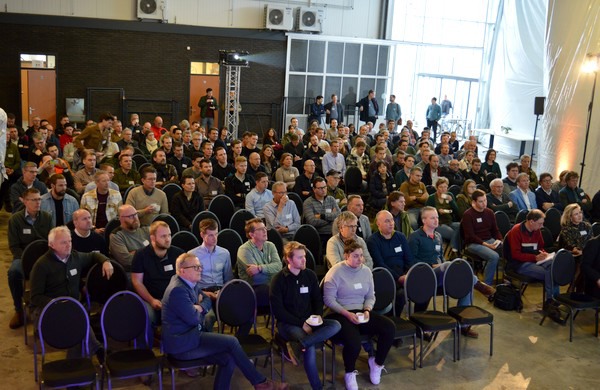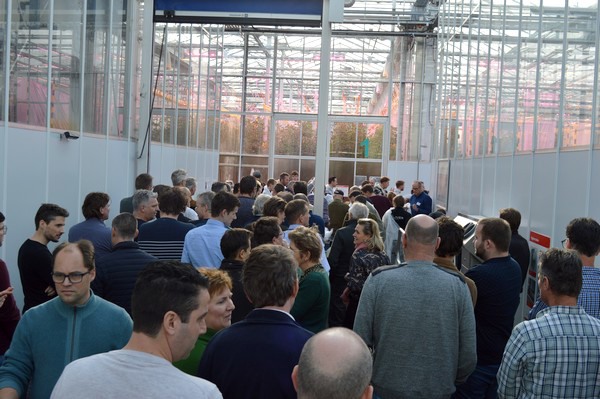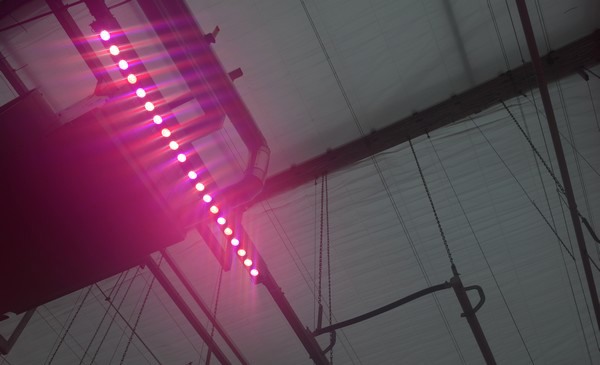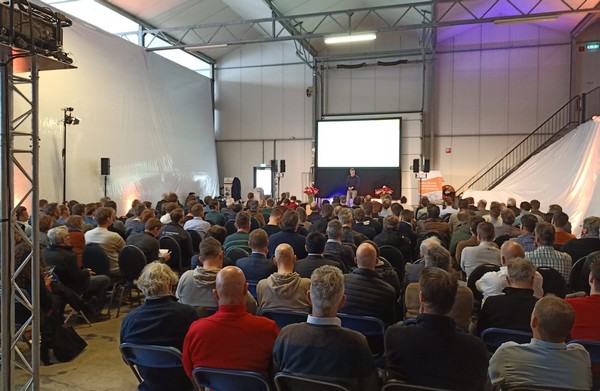Innovation often goes like this: there is a need, and someone comes up with a solution for it. With LED it is, in a way, the other way around: it is there, and it offers countless possibilities and applications, but what exactly do you expect from it? Technology has overtaken need, and therefore deciding what to get isn't as simple.

Besides everything to do with money and subsidies, that is perhaps the main explanation for the great interest in the LichtEvent, last week at the Delphy Improvement Centre in Bleiswijk. Or at least, that's how someone like Arno Wartewig, founder of horticultural consultancy Orance, thinks. "LED is a complex technology, and the technology is evolving at lightning speed. Point is that we need to define that need better," he told one of the workshops. "You go for the best, for quality, efficiency, lifetime etc., but in three years' time, the technology will almost certainly be further along, and there will be better, more efficient, and more economical lamps on the market."

Interest in LED is, of course, also fuelled by the current energy crisis, and in no time, pretty much the entire market will be upended. However, something goes wrong in many projects: measurements show something else (as expected or as promised), delivery times are far from always met, and it is rarely clear exactly what the situation is with guarantees. They are often issued for the lifetime, but not for the spectrum, for instance, Arno knows. Did you know, for instance, that a red LED is much more efficient than a green one? And if there is a problem, who do you call: the manufacturer, the installer, or the climate computer?

In the plenary part, the first topics discussed were what is being promised in terms of subsidies from the government, the energy-saving obligation, and whether there is any prospect of an outcome in the SDE issue in existing projects, i.e., higher gas prices mean less subsidy for e.g. geothermal projects or heat pumps. Chris Feijen of Agro Energy then described the state of the energy market. As far as he is concerned, the big question regarding LED is to what extent lighting is flexible to move with the increasingly fickle supply and demand of electricity. LED itself undoubtedly is, but if it's not windy in winter, the power is inevitably expensive, and the crop receives hardly any sunlight. The question remains the same as with Son-T: does it pay off to light in winter?

A total of 200 people turned up; due to the high level of interest, late registrants even had to be cancelled. As usual, participants were treated to a tour of the research greenhouses and ended with a tasty snack.
